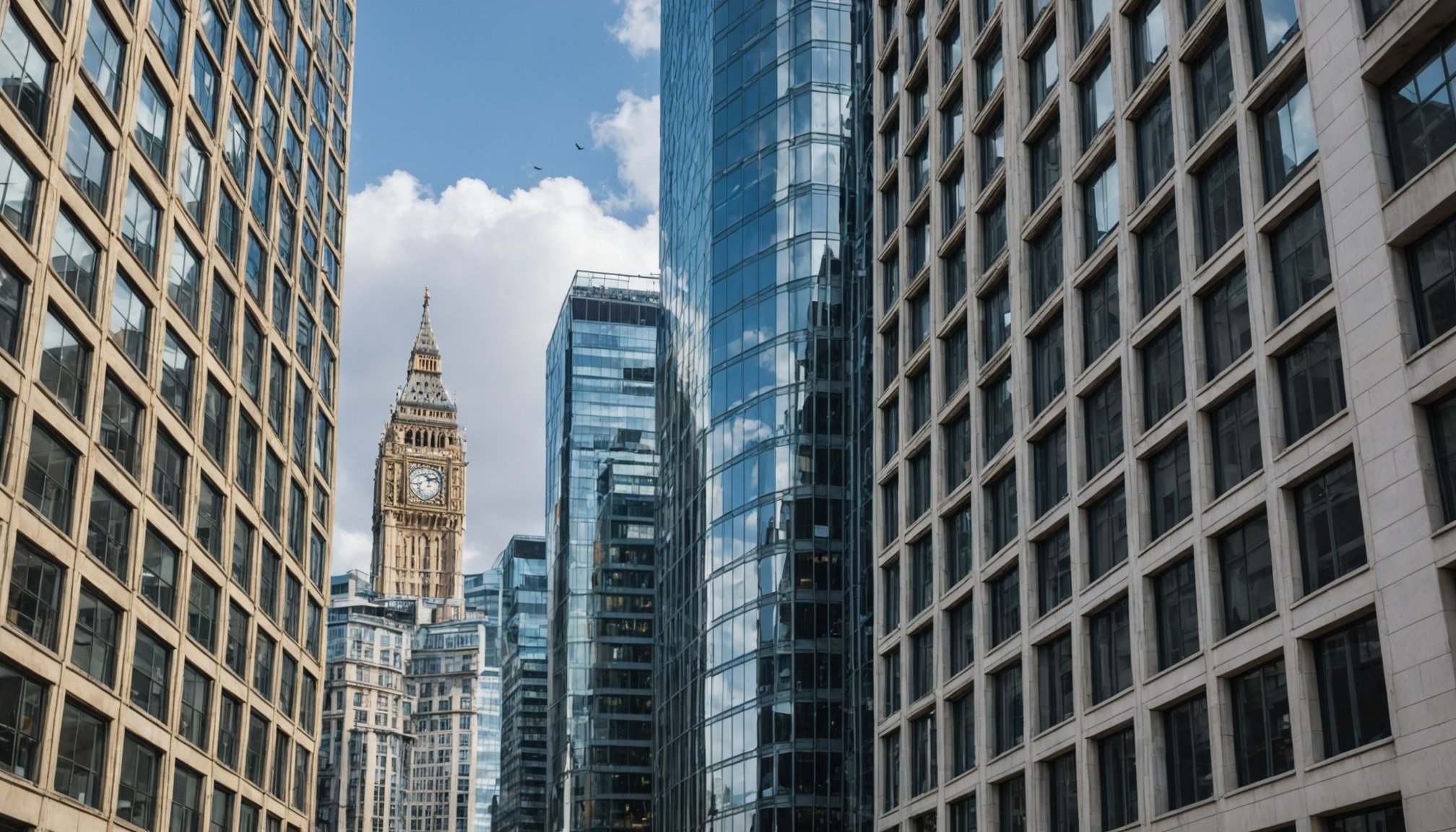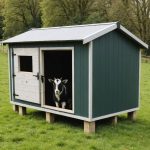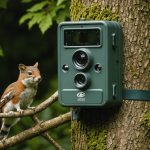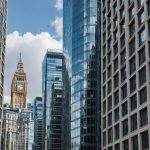Bird Strike Statistics in the UK
The interaction between birds and urban structures in the UK is a pressing concern for both wildlife conservationists and urban planners. Bird strike incidents, wherein birds collide with buildings, particularly skyscrapers, have shown a noticeable pattern. Recent studies highlight that the number of bird strikes is on the rise, attributing this trend to the rapid urban expansion and increasing number of tall structures.
Key Statistics
- Annually, thousands of bird strikes are recorded across the UK.
- Recent data indicates a 10% increase in bird strike cases over the past five years.
- Skyscrapers, due to their height and extensive glass surfaces, contribute significantly to these statistics.
Impact on Bird Populations
Bird populations, notably migratory species, face severe threats due to urban environments. Many birds, attracted to the reflective surfaces of buildings, suffer fatal impacts. It is estimated that bird strikes contribute to the decline of certain bird species, disrupting ecological balance. Conservationists urge a focus on building design to mitigate these impacts.
Also to see : Innovative hatchery solutions for automation and connectivity
Trends and Solutions
Innovative designs, such as textured glass and strategic lighting, are encouraged to address the issue. Understanding these statistics aids in developing architectural solutions to reduce bird strikes, preserving vital bird populations in urban areas.
Ecological Impact of Bird Strikes
Birds hold a vital role in urban ecosystems, contributing significantly to natural balance and biodiversity. However, increasing incidents of bird strikes in these environments can have profound ecological impacts. Bird conservation is necessary not only to preserve species but also to sustain the health of urban habitats.
Also to see : Enhancing urban biodiversity: how uk community gardens are key to conservation efforts
Bird strikes often lead to the decline in local biodiversity, as they disproportionately affect specific species. This shift can cause a ripple effect across the ecosystem, altering predator-prey dynamics and plant reproduction processes. Cities are artificial landscapes where certain birds thrive due to abundant resources and shelter, but they also face heightened threats, including collisions with man-made structures.
Over time, frequent bird strikes have long-term consequences for bird populations. Species that already have lower reproduction rates experience significant population decline, sometimes leading to local extinction. Conserving these bird species is crucial, not only for the birds themselves but for maintaining the ecological balance they help create.
Understanding these impacts underscores the importance of integrating conservation efforts into urban planning, crafting bird-safe structures, and ensuring urban centers are habitats that support rather than endanger avian life. Solutions include modifying building designs and using technology to track and mitigate strike hotspots, thereby conserving biodiversity.
Effective Mitigation Techniques
Designing buildings and planning urban areas with bird safety in mind is crucial. Building design plays a significant role in bird strike mitigation. By choosing bird-friendly glass, using decals, or adding films, we can prevent birds from flying into transparent or reflective surfaces. Additionally, incorporating vegetation strategically around buildings not only enhances aesthetics but also provides safe habitats.
Building Design Modifications
Architects must consider the impact of design choices on bird safety. Incorporating patterns or films on glass can make windows visible to birds, reducing collisions. Bird-friendly materials, such as textured or frosted glass, are effective in these scenarios. Landscaping with native plants is another strategy, offering safe zones that reduce the likelihood of strikes.
Lighting Adjustments
Artificial lighting can attract birds, especially during nocturnal migrations. Minimizing light pollution involves using carefully designed lighting systems. Implementing motion sensors and timers can dim or turn off unnecessary lights, reducing attraction to birds. The less light pollution, the safer migratory paths birds can find around buildings.
Use of Warning Systems
Innovations like noise deterrents and visual cues can warn birds of nearby structures. Developing technology with tech collaborators amplifies these systems’ effectiveness. Advances in bird movement tracking also provide insights into deterrent mechanisms that could further reduce bird collisions with urban infrastructures.
Case Studies of Successful Implementations
Incorporating best practices into the design of bird-friendly buildings has led to remarkable success in various case studies. To illustrate, the John Hancock Tower in Boston adopted innovative glass treatments that significantly reduced bird strikes. The building, once notorious for bird collisions, now thrives with a safer environment for birds. These treatments include patterned glass and ultraviolet coatings that birds can see, effectively preventing accidents.
Another noteworthy example is the Minnesota Vikings Stadium which faced public scrutiny due to its large, reflective glass panels. By integrating non-reflective materials and fritted glass patterns, the stadium achieved a commendable decrease in bird strikes. Such solutions exemplify how thoughtful reframing of building designs contributes to wildlife conservation.
These case studies highlight key lessons learned:
- Adopting glass treatments visible to birds can drastically minimise accidents.
- Involving wildlife experts in the planning stages ensures effective, practical implementations.
- Monitoring and evaluating design impacts helps refine these best practices over time.
With these insights, architects can confidently implement strategies that balance urban development with ecological responsibility, showcasing both structural innovation and a commitment to preserving bird species.
Collaborating with Local Authorities and Environmental Groups
Community engagement plays a crucial role in bird conservation, as it fosters a sense of shared responsibility and action. Community partnership can enhance conservation efforts by bringing together diverse stakeholders, including local residents, environmental advocacy groups, and urban planners. By working together, these groups can identify and implement strategies to protect bird habitats effectively.
One effective approach is partnering with conservation organizations. These organizations often possess expertise and resources that can support local conservation initiatives. They can provide valuable guidance on sustainable practices, training and education programs, and public awareness campaigns that underscore the significance of bird conservation. Cooperation with these groups also amplifies the impact of local actions by connecting them to broader networks and resources.
Influencing urban policy is another critical aspect of bird conservation. By participating in public consultations and policy-making processes, community advocates can push for regulations that prioritize habitat preservation and sustainable development. Recommendations might include implementing bird-friendly building practices or enhancing green spaces within urban areas.
Collectively, these strategies ensure that all facets of environmental advocacy are addressed, and solutions are robust and reflective of the community’s values and goals. This concerted effort can lead to long-lasting, positive outcomes for both the environment and urban communities.











